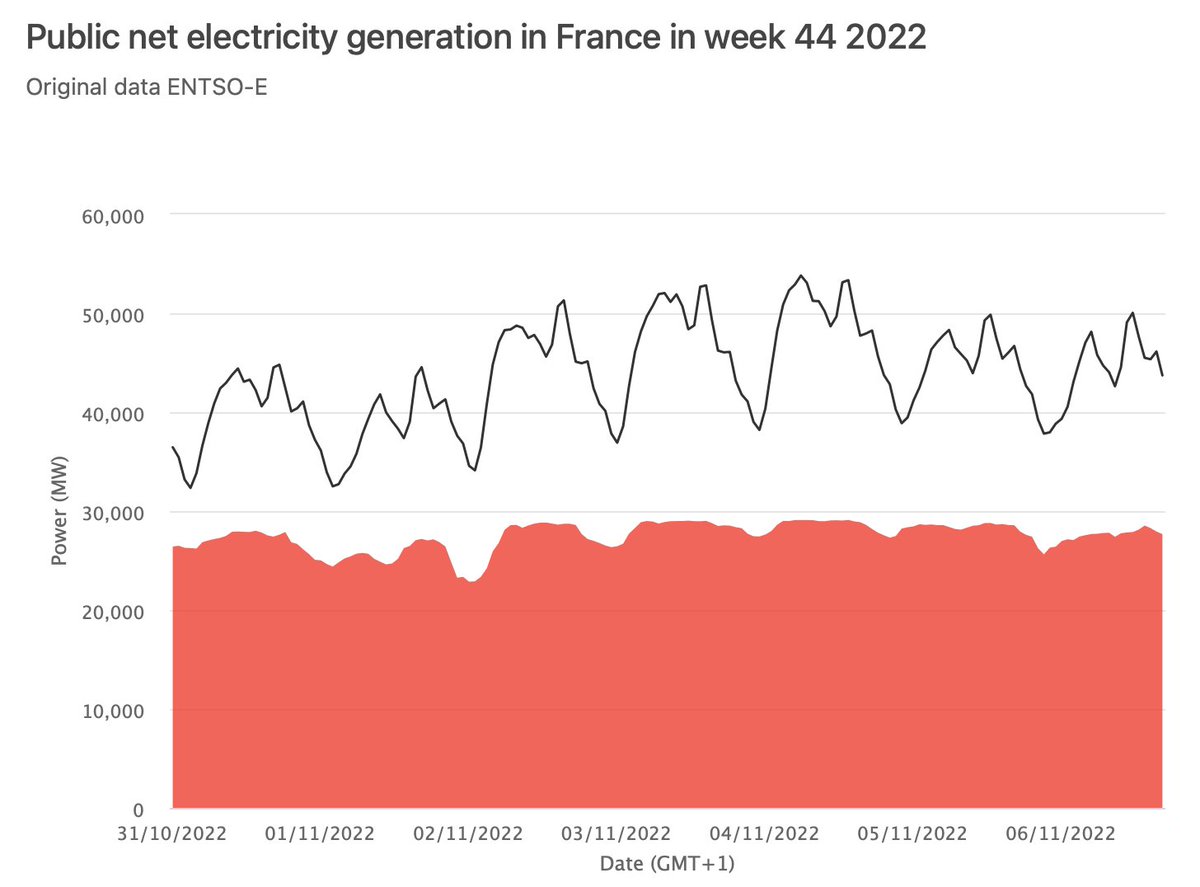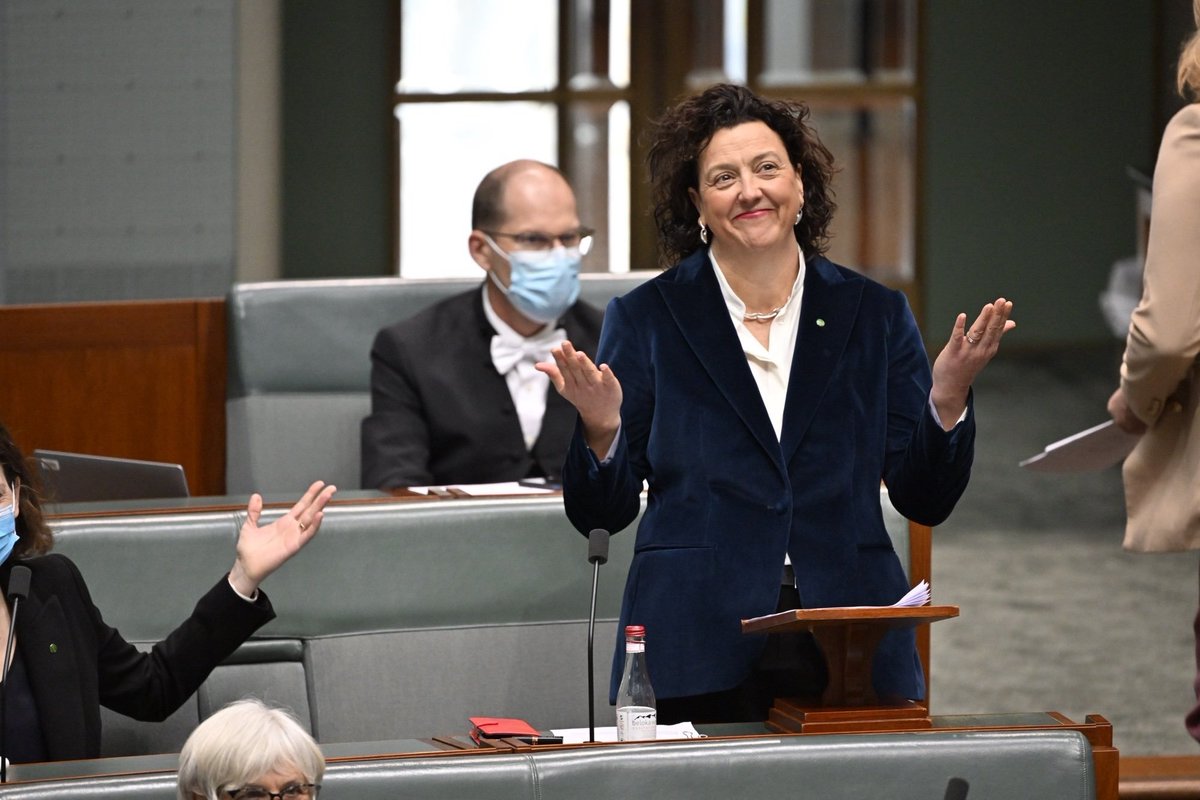
🤓 time for a update on $SMR @NuScale_Power’s pilot project!
#nuscale is hoping to complete the *first* small modular #nuclear reactor #SMR in the USA in 2030, for UAMPS — a utah based energy buying group that supports dozens of small-town energy companies. 🧵
#nuscale is hoping to complete the *first* small modular #nuclear reactor #SMR in the USA in 2030, for UAMPS — a utah based energy buying group that supports dozens of small-town energy companies. 🧵

#nuscale's VOYGR is a pressurised water reactor, with 2 key features:
• simplification & passive safety features reduce size & complexity
• small modular units, allowing increased proportion to be made offsite and benefit from manufacturing economies of scale. (wright's law!)
• simplification & passive safety features reduce size & complexity
• small modular units, allowing increased proportion to be made offsite and benefit from manufacturing economies of scale. (wright's law!)

i wrote detailed threads in aug 2020 and jul 2021 providing detail on the project’s (fairly complex) commercial structure. if you’d like to catch up / deep dive, follow the linked thread:
https://twitter.com/simonahac/status/1420365298822123524?s=20&t=_759Anter1Ubn-l2hRwKHQ
nb. UAMPS has *not* ordered a power plant from nuscale yet…
still 2+ years before that decision will be made.
(nuscale has signed many MoUs with power co's, and a few interesting engineering/design contracts, but has yet to sign a single reactor supply/construction contract.)
still 2+ years before that decision will be made.
(nuscale has signed many MoUs with power co's, and a few interesting engineering/design contracts, but has yet to sign a single reactor supply/construction contract.)
at present, UAMPS @SmartEnergy1 and nuscale are operating under a development cost reimbursement agreement DCRA, under which the department of @ENERGY is covering ~80% of the costs for these early (pre-construction) phases.
UAMPS, DoE (and probably nuscale shareholders!) are funding nuscale to design, obtain key approvals & determine a price for the pilot project, which UAMPS calls the carbon free power project CFPP.
if the price is right, UAMPS will then proceed with placing an order in ~2025.
if the price is right, UAMPS will then proceed with placing an order in ~2025.
the contract has several ‘off-ramps’ under which UAMPS may exit with (almost) total reimbusement, if the project fails an economic competitiveness test ECT.
as a UAMPS rep said in 2020, “if it's more than $55/MWh we will not build the plant”.
as a UAMPS rep said in 2020, “if it's more than $55/MWh we will not build the plant”.
https://twitter.com/simonahac/status/1296421192044290049?s=20&t=nz-N622S8PoaaobpeCOqJA
#nuscale just delivered a ‘class 2’ project cost estimate.
very significant cost increase has sent ripples through energy circles recently as the target energy cost has blown out by ~53% since the last estimate ~18 months ago.
ieefa.org/resources/eye-…
very significant cost increase has sent ripples through energy circles recently as the target energy cost has blown out by ~53% since the last estimate ~18 months ago.
ieefa.org/resources/eye-…
in early 2020 the project was reported to cost $4.2bn, with an energy cost target below $55/MWh.
the cost increased to $6.1bn, but thanks to a multi-year grant secured from the DoE, the project estimate stayed under the $55/MWh target.
the cost increased to $6.1bn, but thanks to a multi-year grant secured from the DoE, the project estimate stayed under the $55/MWh target.
in late 2020 nuscale ‘uprated’ modules from 60MW to 70MW, allowing CFPP to downsize from 720MW (12 x 60MW) to 462MW (6 x 77MW).
though more suited for UAMPS, it significantly increased per-unit cost of energy. again thanks to DoE's grant, energy cost increased modestly to $58.
though more suited for UAMPS, it significantly increased per-unit cost of energy. again thanks to DoE's grant, energy cost increased modestly to $58.
over the last few months UAMPS has been prepping stakeholders for a significant cost increase — in recent days it’s been revealed that the target energy cost is now $89/MWh.
UAMPS has listed three reasons for change:
1. new ‘class 3’ project cost estimate ⬆️
2. new interest rates ⬆️
3. benefits of the inflation reduction act — pushes cost ⬇️
1. new ‘class 3’ project cost estimate ⬆️
2. new interest rates ⬆️
3. benefits of the inflation reduction act — pushes cost ⬇️
1. the class 3 cost project cost estimate represents an immense amount of work — estimated 600–700 person months and costing on the order of $15m — and gives a more accurate project cost. 

while some of the PCE increases are due to the inevitable discoveries once engineers look more closely at a design, much of the increase is due to *very* significant cost increases in critical components for a nuclear power station: 

2. previous estimates assumed an interest rate of around 3%.
in line with central bank rates, the project’s likely interest rates have now increased 200 basis points to ~5%.
[capital intensive projects (like nuclear & renewables) are very sensitive to interest rates.]
in line with central bank rates, the project’s likely interest rates have now increased 200 basis points to ~5%.
[capital intensive projects (like nuclear & renewables) are very sensitive to interest rates.]
3. in the project's favour, biden’s inflation reduction act #IRA has been very good for nuclear — the project expects incentives of $2.846bn.
because UAMPS is not a taxpayer, it expects to receive a lump sum payment from the US treasury shortly after the project is complete. 🤗
because UAMPS is not a taxpayer, it expects to receive a lump sum payment from the US treasury shortly after the project is complete. 🤗
the *total* project cost has now increased to $9.336bn.
the CFPP is 426 MW(net) — 6 units x 77MW less ~36MW aux load.
ie. the total cost* is currently forecast at US$21,915/kW.
this is significantly more than the massively over-budget voglte project (~$14800/kW).
*not OCC!
the CFPP is 426 MW(net) — 6 units x 77MW less ~36MW aux load.
ie. the total cost* is currently forecast at US$21,915/kW.
this is significantly more than the massively over-budget voglte project (~$14800/kW).
*not OCC!

UAMPS estimates that the true LCoE of the project is around $160/MWh.
thankfully, the DoE contribution of $1.355bn and the IRA estimated benefit of $2.846bn bring the cost down to $5.126bn, with an LCoE (to the customer) *currently* above $89/MWh.
thankfully, the DoE contribution of $1.355bn and the IRA estimated benefit of $2.846bn bring the cost down to $5.126bn, with an LCoE (to the customer) *currently* above $89/MWh.
one stunning revelation from UAMPS: the project is currently *failing* the $89/MWh ECT target.
if #nuscale cannot reduce costs between this recent class 3 estimate and the class 2 estimate (expected late 2023), UAMPS will be free to walk away with most costs reimbursed.
if #nuscale cannot reduce costs between this recent class 3 estimate and the class 2 estimate (expected late 2023), UAMPS will be free to walk away with most costs reimbursed.
to be clear: the project cost estimate is *not* $89/MWh, rather $89/MWh is the *target* cost, after $4.2bn (~$10k/kW) of subsidies.
as the $58/MWh target price has been breached, UAMPS is contractually entitled to walk away from project and be reimbursed (most of) its out-of-pocket expenses.
ie. the participants find themselves at a contractual off-ramp, with a decision to make.
ie. the participants find themselves at a contractual off-ramp, with a decision to make.
the CFPP was hit hard during the 2020 off-ramp when many participants withdrew or reduced their share.
at present, only 116MW of the projects 426MW(net) capacity is ‘subscribed’ — 27% — a rush to the exists as in 2020 would surely kill the project.
https://twitter.com/simonahac/status/1420365393353338880?s=20&t=_759Anter1Ubn-l2hRwKHQ
at present, only 116MW of the projects 426MW(net) capacity is ‘subscribed’ — 27% — a rush to the exists as in 2020 would surely kill the project.
to avoid a mass exodus, UAMPS & nuscale need to give participants confidence that they won’t be left as ‘last man standing’. they need participants to 'chill'.
accordingly they’ve negotiated an amendment to the DCRA that should give participants some peace of mind.
accordingly they’ve negotiated an amendment to the DCRA that should give participants some peace of mind.
nuscale will take on the project subscription risk — ie. if the project isn’t at least 80% subscribed, UAMPS can withdraw with most costs reimbursed.
…this in exchange for UAMPS agreeing to a new target cost of $89/MWh (2022$)…
…this in exchange for UAMPS agreeing to a new target cost of $89/MWh (2022$)…
participants won’t love the new price, but (again, thanks to the DoE) the total cost of staying in for another year is only ~$700k split between all participants.
participants are being told that this new cost (ie. $89/MWh) is the ‘new normal’. (my words, not theirs.)
(while equipment and interest costs have undoubtedly gone up across the board, i personally think a more thorough examination is warranted.)

(while equipment and interest costs have undoubtedly gone up across the board, i personally think a more thorough examination is warranted.)


over the month until the end of this off-ramp on 17 feb, electric utility boards across utah & other inter-mountain states will be deliberating.
there's logic in sticking around for another year to see how the class 2 estimate, subscriptions & alternative tech solutions pan out.
there's logic in sticking around for another year to see how the class 2 estimate, subscriptions & alternative tech solutions pan out.

a word on schedule: like many ‘new’ technologies, predicting a completion date is hard.
nearly 13 years ago, @stewartbrand, a counter-culture thought-leader, told the 2010 @TEDTalks conference that #nuscale would be ‘ready in 2015’.
worth a watch:

nearly 13 years ago, @stewartbrand, a counter-culture thought-leader, told the 2010 @TEDTalks conference that #nuscale would be ‘ready in 2015’.
worth a watch:

by 2014 #nuscale and UAMPS had agreed to work together and were targetting operation in 2024…
by 2017 the schedule slipped to 2027…
by 2020 it had slipped again to mid-2029…


by 2017 the schedule slipped to 2027…
by 2020 it had slipped again to mid-2029…



the current schedule now has first generation in dec 2029.
UAMPS’ talking points (below) claim the project "remains on schedule", yet it's 6 months behind the schedule presented to participants as recently as july 2020.
[and fwiw, 6 yrs behind the plan from 9 years ago.]
UAMPS’ talking points (below) claim the project "remains on schedule", yet it's 6 months behind the schedule presented to participants as recently as july 2020.
[and fwiw, 6 yrs behind the plan from 9 years ago.]

• • •
Missing some Tweet in this thread? You can try to
force a refresh













